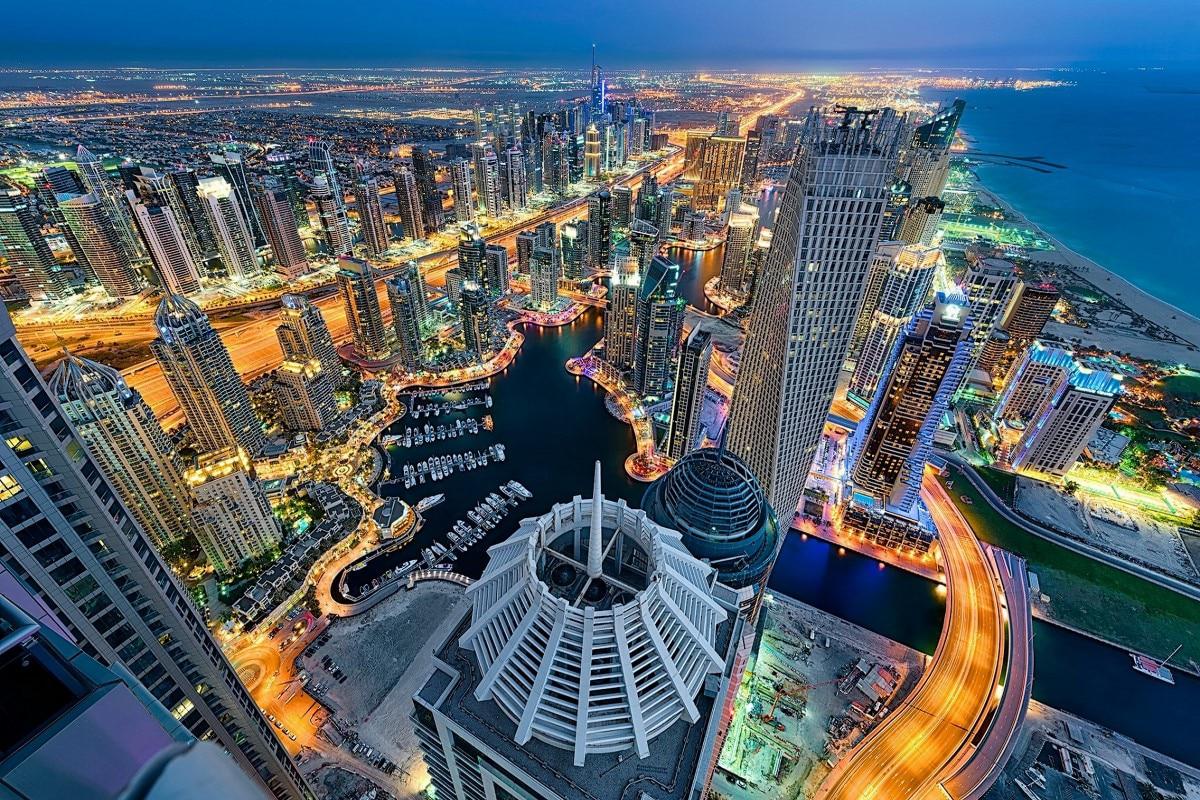The Caribbean Sea on any continent, which is one of the most important bodies of water; it is located in a region that includes many countries, and it has unique geographical and climatic characteristics that make it distinguished from other water bodies on the earth, as it consists of a number of basins that are connected and separated according to Several factors that Arab travelers show you in this article, follow us.
The Caribbean Sea on any continent
- The Caribbean Sea is located in the southeast of the Gulf of Mexico.
- On the southern side, it is bordered by “South America”, specifically the coasts of Panama, Venezuela, and Colombia.
- On the northern side, it is bordered by the “Greater Antilles”, which is represented in Puerto Rico, Hispaniola and Jamaica.
- While it is bordered on the western side by “Central America,” namely, Costa Rica, Guatemala, Yucatan Peninsula in Mexico, Honduras, Nicaragua, and Belize.
- As for the eastern side, it is bounded by the “Lesser Antilles”, which is represented in the arch of the island, which extends from the Virgin Islands on the northeastern side, to Trinidad near the southeastern side.
- The Caribbean Sea is connected to the Pacific Ocean through the “Panama Canal” in Central America on the southwestern Caribbean Sea.
- The Caribbean Sea lies between latitude 9, latitude 22 from the north, and between longitude 89 and longitude 60 from the west.
- The Caribbean Sea area is 2.753.000 square kilometers.
- Many call it the “American Mediterranean” to the Caribbean Sea, because it is similar to that it is located between the continental lands, but its characteristics are completely different with those of the Mediterranean.
- The preferred name for the Caribbean is “Caribbean Antilles”, or “Central American Sea”.
- The Caribbean Sea is 7668 meters deep, and the deepest Caribbean is the “Cayman Basin”, or the “Cayman Island” between Cuba and Jamaica.
Climate of the Caribbean
- The climate of the Caribbean region is characterized as a tropical climate in general, and despite that, it is subject to many climate changes continuously, based on many factors, such as winds, water currents, and mountains, which leads to the trade winds coming from the direction Northeast over the entire Caribbean, with average wind speeds from 12 kilometers to 32 kilometers per hour.
- This is in addition to tropical storms with an average speed of more than 120 kilometers per hour. These storms are formed in the northern region of the Caribbean Sea and the Gulf of Mexico.
- Hurricanes are formed in the Caribbean in the period from June to November, and hurricanes themselves repeat in September, so the average storms per year in the Caribbean are close to 8.
Caribbean Geography
- The Caribbean Sea consists of five main basins: the Cayman, Yucatan, Grenada, the Basin of the Venezuelan Plains, and the Basin of the Colombian Plains.
- Many of the terrain are separated from these hills by hills and high places that are submerged under the sea.
- The Cayman Basin is separated from the Yoktan Basin through the “Cayman Ridge”, which is a group of continuous hills that extend from southern Cuba towards Guatemala.
- The Colombia Basin is separated from the Venezuelan Basin by “Beta Ridge”, and connected by (Aruba Gap) which was submerged under the sea at a depth of 4000 meters.
- The Venezuela Basin is separated from the Grenada Basin by (Aves Ridge).
Today in this article on the comprehensive Arab Arab travelers website, we provided you with a number of information about the Caribbean Sea, and what related to its climatic, geographical, and distinctive site characteristics, follow the new Arab travelers.
1
2
3
4








